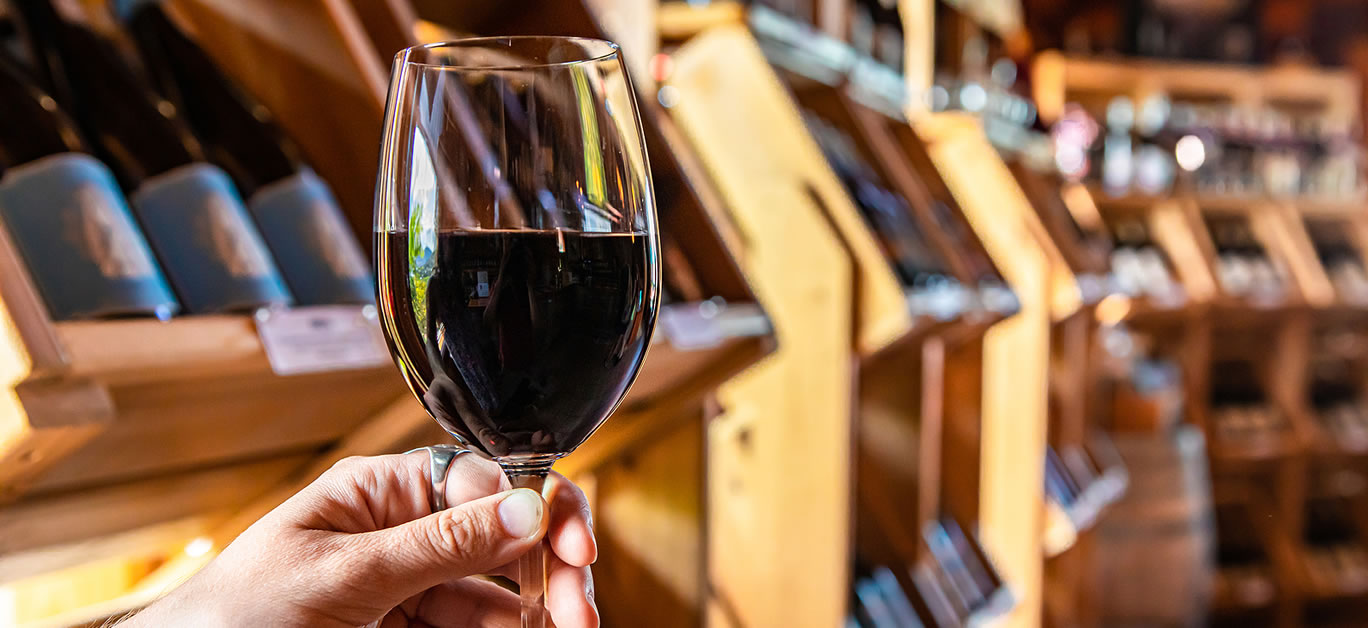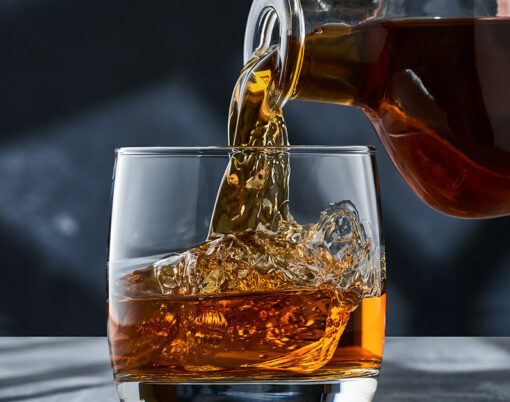By Émilie Steckenborn, founder and host of the Bottled in China podcast.
It’s Friday night, and your friends are having a dinner party. Running late after a long day of work, you stop at your local Majestic Wine shop, M&S, or Waitrose to pick up a bottle of wine – but the selection leaves you overwhelmed. There are tens of bottles to choose from, all with different countries of origin and grape varietals. How could you possibly select the right one?
That’s when you choose that bottle of Chardonnay with the pink flowers all over just because it looks fancy. Or the Saint-Émilion, just because your mum once told you it’s the greatest. Whatever rumours or advice you’ve heard, or however beautiful a bottle looks, I’m here to tell you that a label can be deceiving, and even a luxurious, well-known Bordeaux can disappoint.
Let’s take a look at the five most common mistakes you can make when choosing wine and what you can do to make sure you bring a bottle that will both please you and impress your friends.
1. Believe that price and quality are relative
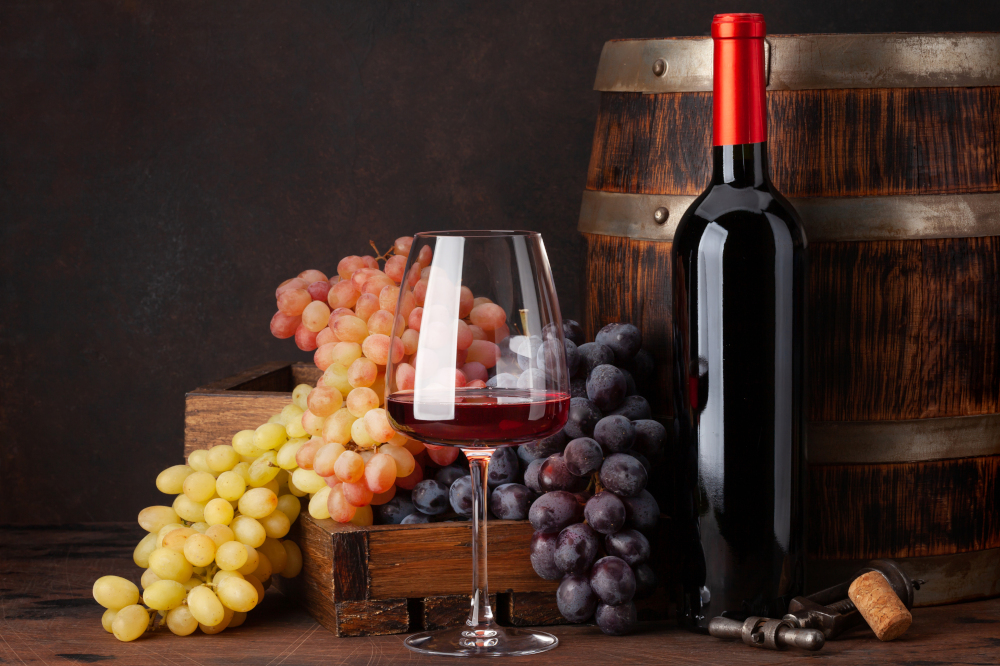
Ever wondered how consumers’ enjoyment of wine is influenced by its cost? Researchers conducted a study and found that the wine the subjects were told was more expensive tasted better than the cheaper one – but it was the exact same wine.
Our enjoyment of pricier products is related to our perception of risk. If we spend more on a bottle of wine, we see it as less risky because we associate higher prices with quality.
Generally speaking, an expensive, high-quality wine should be more ‘complex‘ due to prolonged oak or lees ageing, and it takes significant investment in technology to find the perfect soil quality, vineyard orientation, or climate.
But not all great wines come with a hefty price tag. You may presume that a £10 bottle won’t satisfy your party guests but, choose it carefully, and it may just knock your socks off. For example, the well-regarded Cremant de Bourgogne is made in a similar way to Champagne – but without the expense.
Some wines you could also buy cheaply and allow them to mature in your wine room or cellar into a real treasure. Sémillon, when left to age, can develop real character including a unique smoky and mineral-like aroma.
2. Drink what’s in fashion

Recently, I’ve seen that drinking Burgundy, Barolo, and Sicilian wines are all the rage. But just because these wines are trendy doesn’t mean it will be your cup of tea and, when wines become fashionable, they typically start to demand higher prices. Ask your local, independent wine shops which wines are up-and-coming gems. Diversify your wine regions and go for grape varietals that are yet to gain international recognition, don’t break the bank, and deliver on quality.
Madeira, Port, or a Vin Doux Naturel (VDN) for example, don’t fit into the popular dry styles of wine found today. But these fortified wines with a high alcohol concentration and sweetness – that are meant to last – could be right up your alley. For their quality and history, these old vintages dating back to the 60s can be found for a fraction of the price of a top dry red from Bordeaux.
Paying too much attention to specific regions, like France, means you’ll miss out on new and emerging wine superpowers, like the Chinese Yunnan region, or wines such as Not Your Grandma’s Riesling that epitomise the new style of the Barossa and Eden Valley.
3. Be mislead by ratings or magazine recommendations

A wine score, with a 100-point scale, is the quickest way for a wine critic to communicate an opinion about wine quality. It is a marketing tool and helps consumers decide which wines to buy. However, most wines fall within the narrow band between 85 to 100 points. You may have found that a wine marked at 90 on the shelf is the done deal. I’m sorry to break it to you but, with improved wine technology and better quality wines on the market, 95 is the new 90. You’ll find some real gems at this rating.
4. Forget about the food

If you’re having a dinner party, think about how the wine can complement the food. You don’t always need to go with a classic match like steak with Cabernet Sauvignon; be adventurous.
To lend a helping hand, Natalie MacLean offers wildly popular online wine and food pairing courses, helping consumers find their voice amongst all the online content available. Plus, there’s a plethora of apps, such as Vivino Wine Scanner, which deliver all the details about a bottle of wine from a picture, or, Pair It!, which offers more than 20,000 comprehensive wine pairings.
5. Avoid non-bottled wine or screw caps
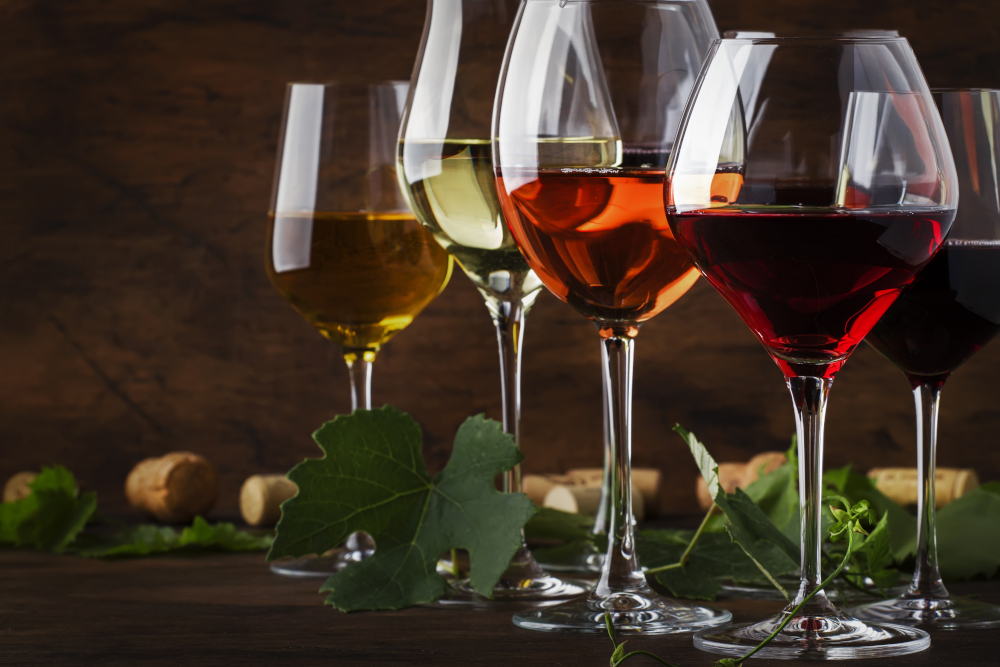
There’s no need to stick to tradition and follow established rules. Quality is not always served up in a glass bottle with a cork. And environmentally friendly wine certainly isn’t. There are many different alternatives to explore: PET flat bottles, canned wines, and boxed wine.
The lightweight nature of these innovative materials is popular with millennials for festivals and camping. And the larger, transportable alternatives mean you can have wine last a whole week’s worth of dinners instead of in one sitting. Plus, some of these sustainable companies, offering alternatives to glass bottles, are starting to provide new and different varietals, such as Furmint from Hungary or a Turkish rosé, to attract traditionalists. In fact, in New Zealand, most top-quality wines are screwcaps.
The next time you are going to grab a bottle of wine, check out these rules, be spontaneous, and try something different: a screw top, an up-and-coming region, or an app to help you with pairing. As you experiment, you may surprise yourself and come across the wine you’ve been waiting for.
About the author
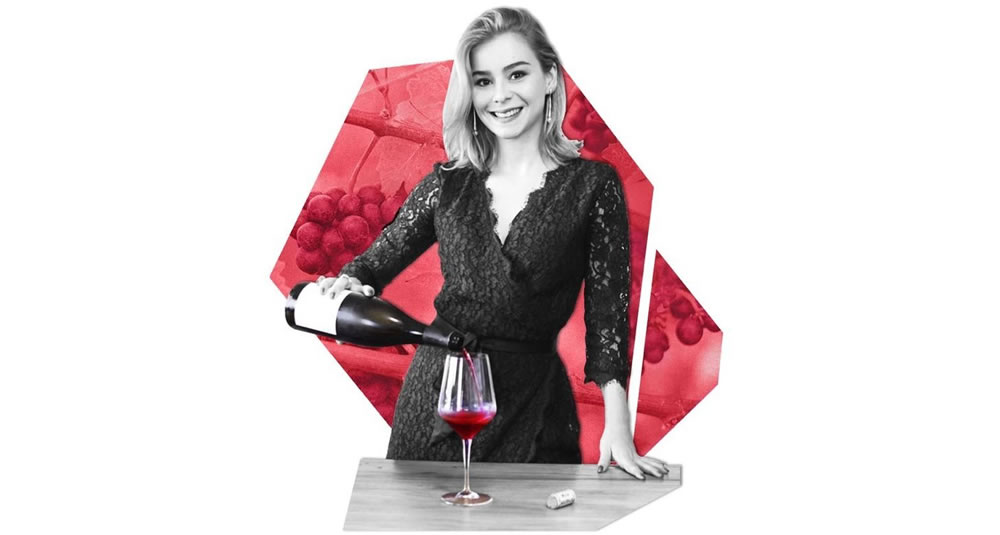
Émilie Steckenborn is a certified sommelier, foodie, and host and creator of the Bottled in China podcast and blog. Having lived in Shanghai, China, for over 10 years, Émilie oversees wine programmes for top-tier businesses in Asia, including serving as the wine consultant for China Eastern Airlines. Her signature podcast, Bottled in China, shares the stories and adventures of passionate individuals, thought leaders, and business leaders in the food and beverage scene who are shaking things up around the world. In 2019, Émilie was named one of the top future influencers in the global beverage industry.












